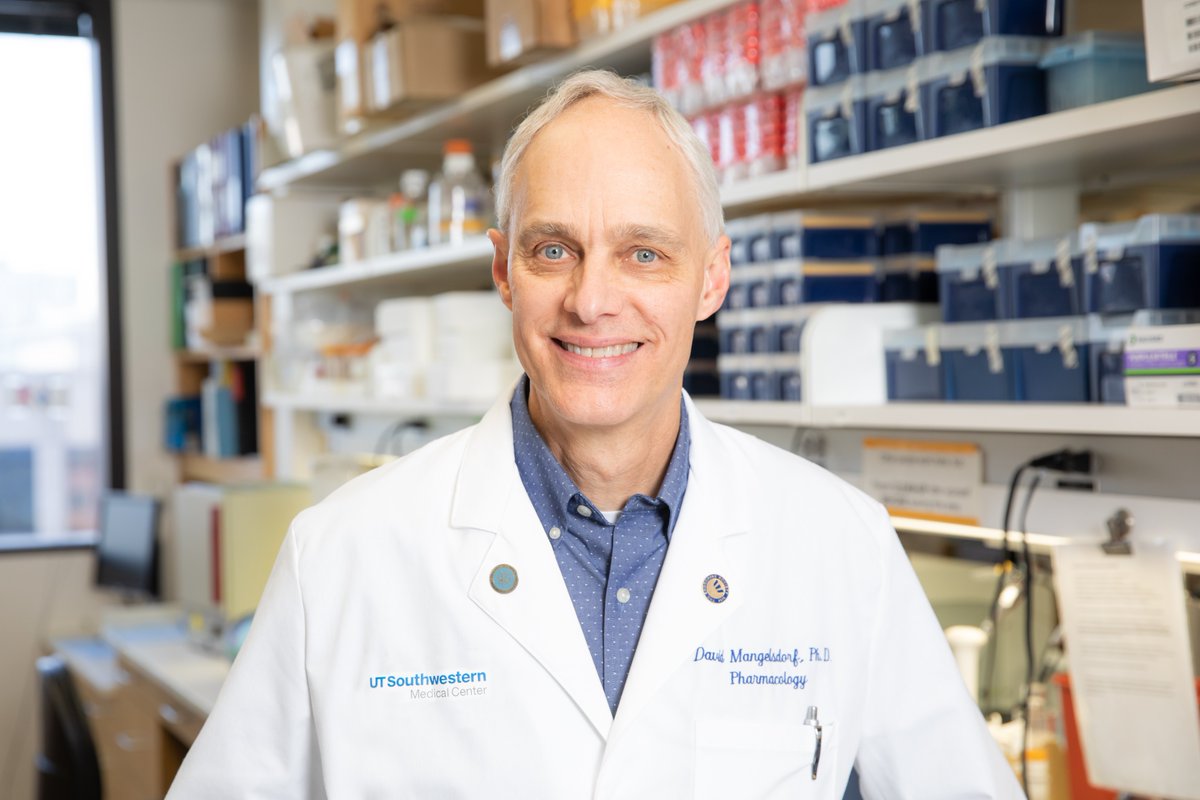
Ben Sabari
@bsabari
Assistant Professor at UTSW studying nuclear organization by transcriptional condensates
ID: 55495233
https://www.sabarilab.com 10-07-2009 06:55:48
1,1K Tweet
2,2K Followers
950 Following

Happy to share our recent work, led by Ethan Hollingsworth in which we discovered that poised chromatin sensitizes enhancers to aberrant activation by non-coding mutations, contributing to disease. UCI Charlie Dunlop School of Biological Sciences UC Irvine biorxiv.org/content/10.110…


An Amazing Journey From VEGF to HIF-2 Targeting Drugs KidneyCancerProgram KaelinLab UTSW Simmons Cancer Center guoncologynow.com/post/from-vegf…

A study co-led by Ben Sabari found that a gene fusion drives rare kidney cancer (tRCC) by forming protein clusters that disrupt gene activity. This may also occur in other cancers, revealing a potential new target for future therapies. #KidneyCancer #utsw bit.ly/3TSNOlW

Another terrific discovery by Ben Sabari and the Kidney Cancer Program under the leadership of James Brugarolas !


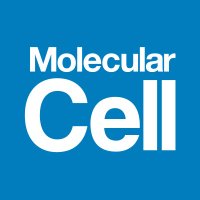

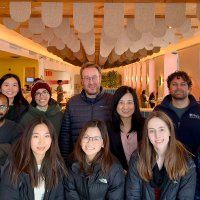
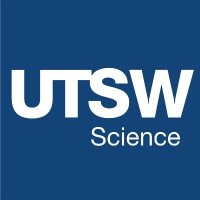

Principal Investigator Benjamin R. Sabari (Ben Sabari) along with other researchers at UT Southwestern Medical Center uncovers a genetic mutation that fuses two genes drives several different cancer types by forming networks of protein interactions that alter gene expression in cells.



Excited to share my first postdoc paper in Cell! We found that BRD4 transcriptional condensates act as a pH-sensitive “switch” to fine-tune inflammation. Huge thanks to my amazing mentors & collaborators!@XuZhouLab Ruslan Medzhitov Jonathan Kagan Ivan Zanoni

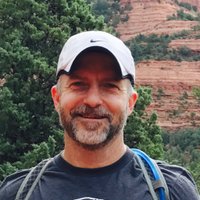
Excited to announce our paper describing how allelic variants in ribosome biogenesis factors cause neurodevelopmental disorders. Congratulations to co-first authors Chunyang Ni and Yudong Wei, our collaborator Jun Wu Lab and all the other authors. nature.com/articles/s4155…
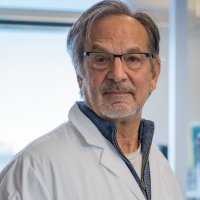


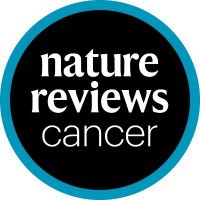
#ResearchHighlight 🚨 Ben Sabari Ben Sabari &Co identified a common molecular signature in oncogenic fusion proteins that compartmentalizes RNA polymerase II to confer an increase in gene activation and consequent cancer phenotypes. 📖⬇️ bit.ly/3UtuoEM



